10 Popular Exercises a Trainer Wants You To Skip—and Why
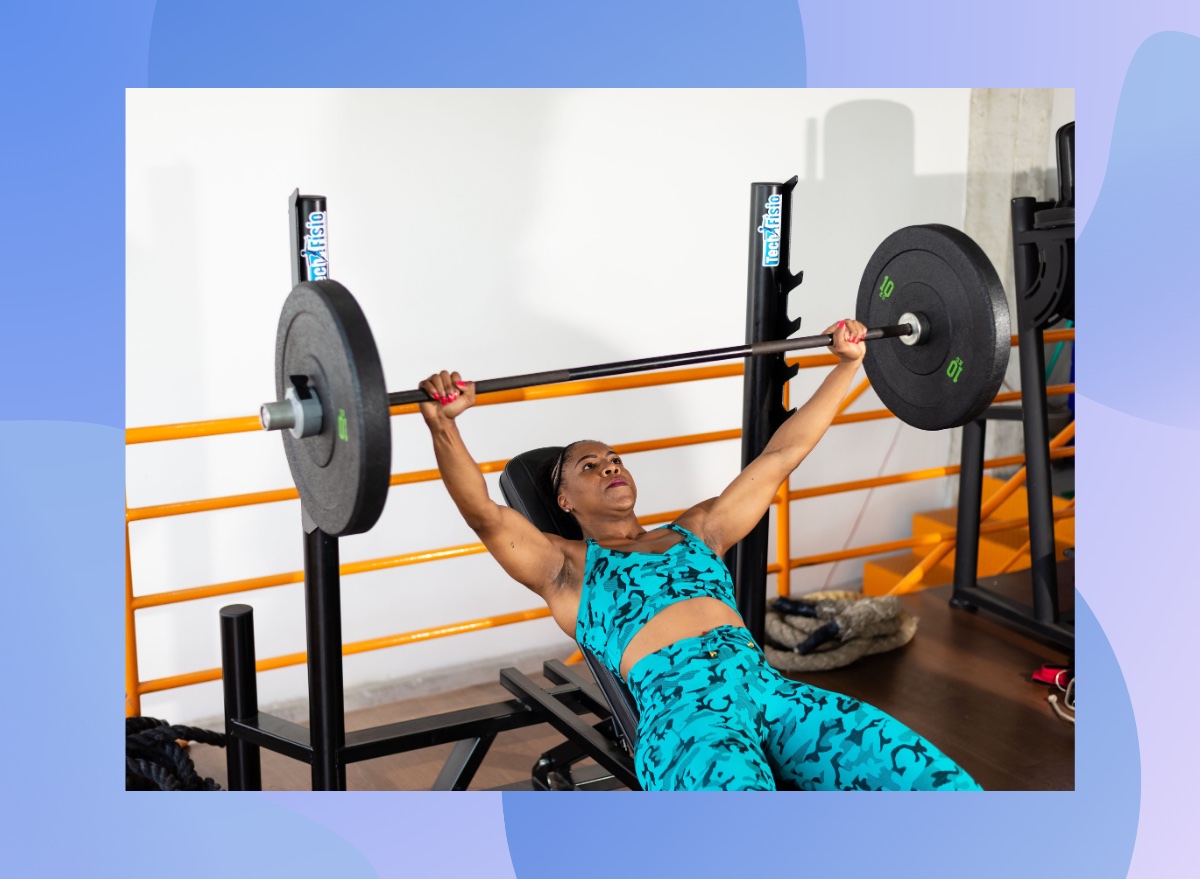
Have you ever found yourself at the gym, faithfully following exercises you've seen everyone else do, only to question their actual benefits? In today's age of social media, countless exercises are hyped up, often leading people to push their limits with unintended consequences. That's why I've rounded up 10 popular exercises you should skip and why.
Despite their longstanding popularity, I increasingly caution against specific exercises as a fitness expert and trainer. Not every classic move suits every gym-goer; some could even pose risks, potentially leading to injury or inefficiency. Many movements you see require high skill levels, demand above-average mobility, and, mostly, require you to leave your ego at the door. I'm not vocalizing that these exercises are wrong; I aim to get you to understand that they take time and progression to master.
Interested to learn the 10 popular exercises to skip and why? Here's everything you need to know to ensure your workouts are both safe and productive.
Heavy Leg Press
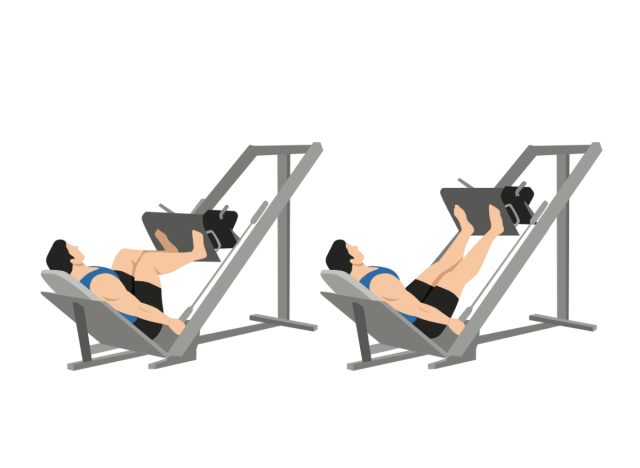
While the leg press can be a powerful tool for building lower-body strength, there may be better choices than going heavy on this machine. It often encourages poor posture and can excessively strain the lower back and knees. Many individuals sacrifice proper form in pursuit of higher weights, increasing their risk of injury.
Instead, focus on compound movements like squats and lunges that increase muscle groups and promote functional strength.
Kipping Pull-ups
Popularized in CrossFit, kipping pull-ups are known for their dynamic and fast-paced nature. However, these exercises require significant shoulder mobility and skill to execute correctly. Without adequate strength and control, the rapid swinging motion can strain the shoulders and increase the risk of overuse injuries.
For safer and more effective results, prioritize strict pull-ups and gradually build up to more advanced variations.
Heavy Squats
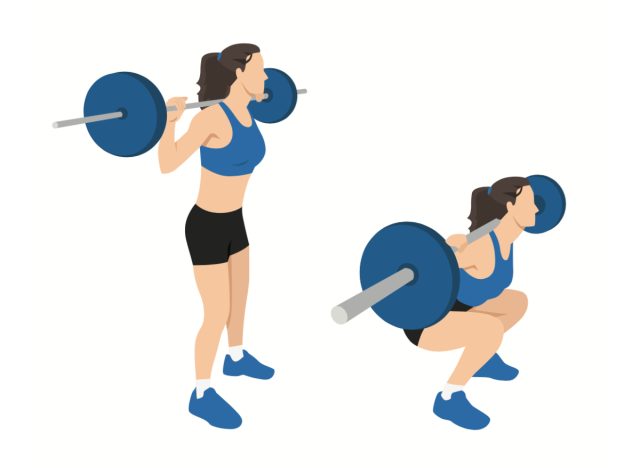
Squats are a cornerstone of strength training, but heavy squats need proper form and preparation to avoid serious injury. Insufficient mobility and poor technique under heavy loads can strain the lower back, knees, and hips.
Prioritizing mastering techniques with lighter weights is crucial before progressing to heavier loads. Listen to your body and avoid ego-lifting to ensure your squatting remains safe and effective.
Uncontrolled Burpees

Burpees are a full-body exercise that can be highly effective when performed correctly. However, rushing through them without control diminishes their benefits and increases the risk of injury. Poor execution of burpees can strain the lower back and joints, especially if you pay attention to the landing and push-up phases.
Focus on performing each movement with proper form and control to maximize their effectiveness and minimize the risk of injury.
Heavy Bench Press
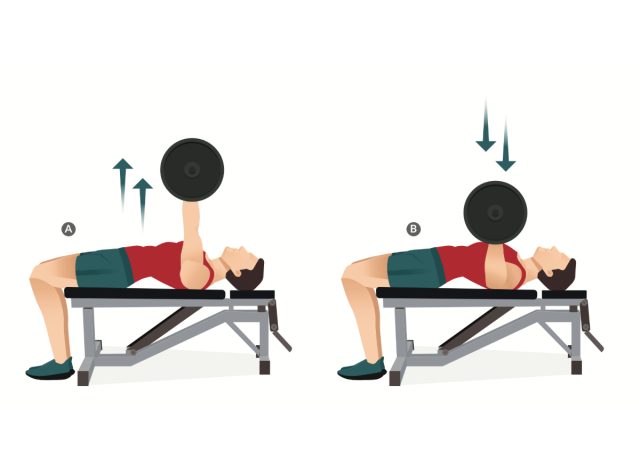
The bench press is a classic chest and upper-body strength exercise, but lifting heavy without proper form can lead to serious shoulder and chest injuries. It's common for individuals to arch their backs excessively or bounce the bar off their chest to lift heavier weights, compromising stability and risking muscle strains or tears.
Prioritize mastering the bench press technique with moderate weights before attempting heavier loads to ensure safety and effectiveness.
Sprints

Sprinting can be an intense cardiovascular exercise that offers numerous benefits but requires gradual progression to avoid injury. Starting with sprints without adequate warm-up or conditioning can strain muscles and lead to strains or pulls.
Rather than replacing this exercise, it's essential to gradually build up to faster speeds. This allows your body to adapt to the demands of sprinting and reduces the risk of overuse injuries. Incorporate proper warm-ups and cool-downs to support your sprinting routine safely.
Barbell Shoulder Press
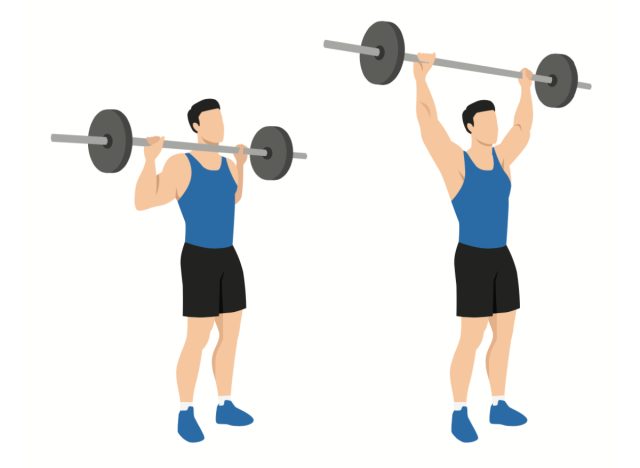
Shoulder mobility is crucial for the barbell shoulder press, and many individuals lack the necessary range of motion to perform this exercise safely and effectively. Improper form or excessive weight can strain the shoulders and lead to discomfort or injury.
Consider alternatives like dumbbell presses or resistance band exercises that allow for a more natural range of motion and help develop shoulder strength without compromising joint health.
Muscle-ups
Mastering the muscle-up requires exceptional upper-body strength and coordination, making it a challenging exercise even for experienced athletes. Without proper progression and technique, attempting muscle-ups can strain the shoulders and increase the risk of injury.
Focus on building foundational strength with pull-ups and dips before attempting the muscle-up to ensure your joints and muscles are adequately prepared for this advanced movement.
Basic Crunches
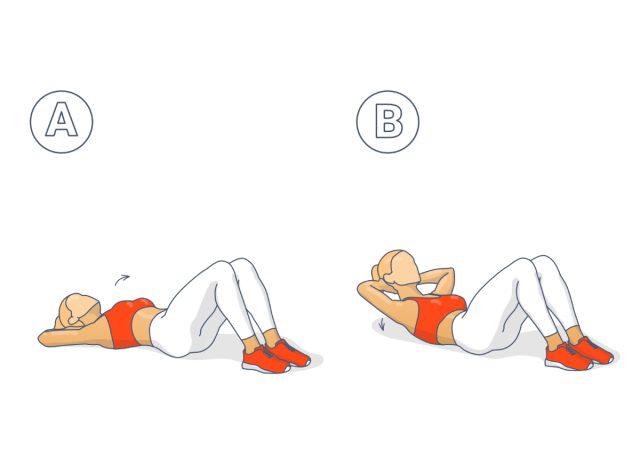
While crunches have long been a go-to for abdominal workouts, they primarily target only a small portion of your core muscles. Moreover, repetitive spine flexion can strain the neck and lower back over time.
Opt for exercises like planks, mountain climbers, or bicycle crunches that engage multiple muscle groups simultaneously and promote core stability without the potential for overuse injuries.
Heavy Deadlifts
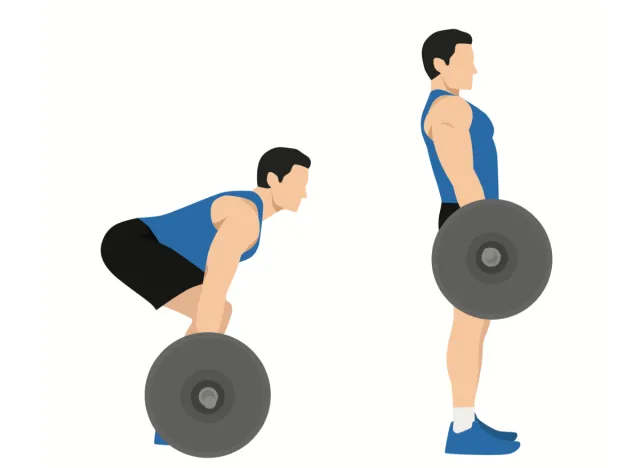
Deadlifts are excellent for building total-body strength, but lifting heavy without proper form can lead to serious back injuries. Poor technique or lifting weights beyond your current capability can strain the lower back and increase the risk of disc herniation or muscle strains.
Prioritize learning and mastering the deadlift technique with lighter weights first, gradually increasing the load as your strength and technique improve to ensure safe and effective training sessions.









